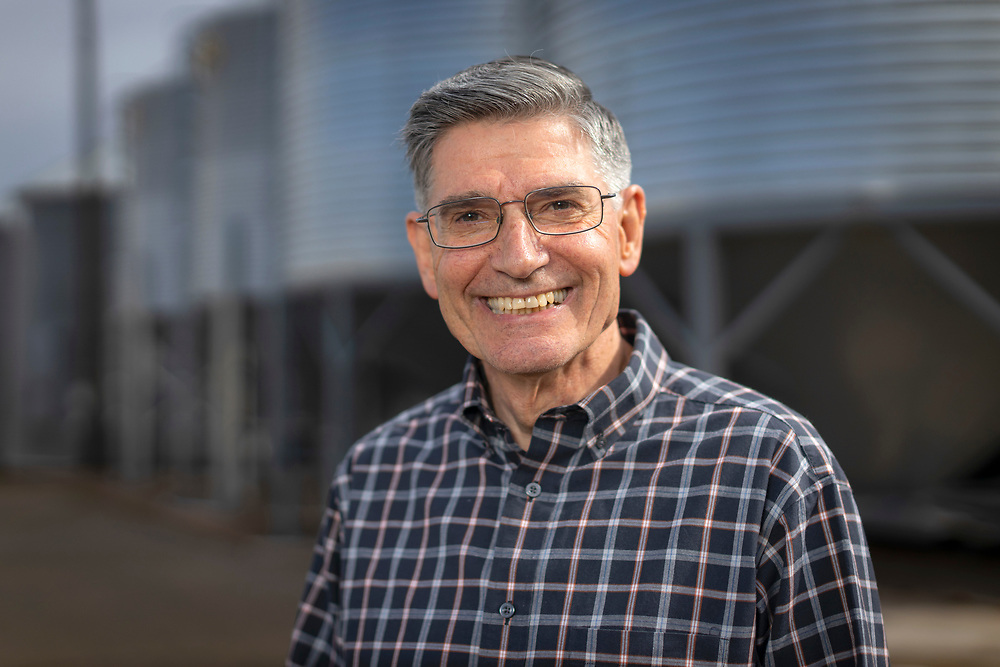Thu, 01 Sep 2022 16:20:47 CDT

This week on SUNUP is Dr. Kim Anderson, Oklahoma State University Extension grain market economist. During this week's edition, Anderson talks about the current commodity markets and the factors contributing to uncertain times as the markets hold steady.
“You look at prices in the grain industry, they have stabilized, you know, corn is going up, the others are kind of sideways, but there is still a lot of risk and uncertainty,” Anderson said. “As far as I am concerned, it is probably the most potential risk and most uncertainty I have seen in about 40 years. “
The value of the U.S. dollar is up significantly, Anderson said, and the U.S. economy and economies around the world are suffering from inflation which creates uncertainty and risk in the commodity markets.
“You’ve got outside money that came into the commodities, started out about 6 months ago and drove wheat prices up over 13 dollars- corn prices up, bean prices up, then they took that money out of these commodities and the prices came back down,” Anderson said. "So, you’ve got that open interest, which is about average now, but relatively lower than it was a few months ago and you’ve got tight world stocks for wheat, corn, soybeans, rice, the commodities around the world- those stocks are relatively tight.”
The drought around the world, Anderson said, is reducing harvest and causing tighter stocks, higher prices and additional risk.
Concerning Russia’s war with Ukraine, Anderson said they are exporting, but that risk and uncertainty can change in a heartbeat.
“This week a rocket hit an export elevator for Ukraine, so is stabilized, but that risk and uncertainty can blow up in a nanosecond,” Anderson said. “Who knows what impact you would have there.”
As for the possibility of China invading Taiwan, Anderson said that could affect the transportation system, and commodity prices could go either up or down.
Amid the uncertainty, Anderson said prices are looking relatively stable right now. He added that there is a lot of risk in the market, which means higher input costs, so it is going to cost more to produce a commodity.
“You may want to change commodities,” Anderson said. “Work with your extension economist in penciling out which commodity gives you the highest odds of a positive return.”
Anderson said rather than worrying about the price, producers need to worry about getting a quality product out on the market and the market will pay a profit at least in the long run.
This week on SUNUP:
• Brian Arnall, OSU Extension soil nutrient specialist, has guidance for producers who are making management decisions for dual-purpose and grain-only wheat.
• Wes Lee, OSU Extension Mesonet agricultural coordinator, discusses the percentage of plant available water in the soil. State climatologist Gary McManus updates the drought monitor map.
• Derrell Peel, OSU Extension livestock marketing specialist, breaks down the latest news in the cattle markets.
• Kim Anderson, OSU Extension small grains specialist, explains how world events are impacting the grain markets.
• We preview the Caddo County Peanut & Cotton Field Day scheduled for Sept. 15 in Ft. Cobb.
• Mark Johnson, OSU Extension beef cattle specialist, continues his discussion on retained ownership.
• Finally, a group of Tulsa Public Schools students recently visited the OSU campus to get a small dose of the big realities of adulthood.
Join us for SUNUP:
Saturday at 7:30 a.m. & Sunday at 6 a.m. on OETA-TV
YouTube.com/SUNUPtv
SUNUP.okstate.edu

















